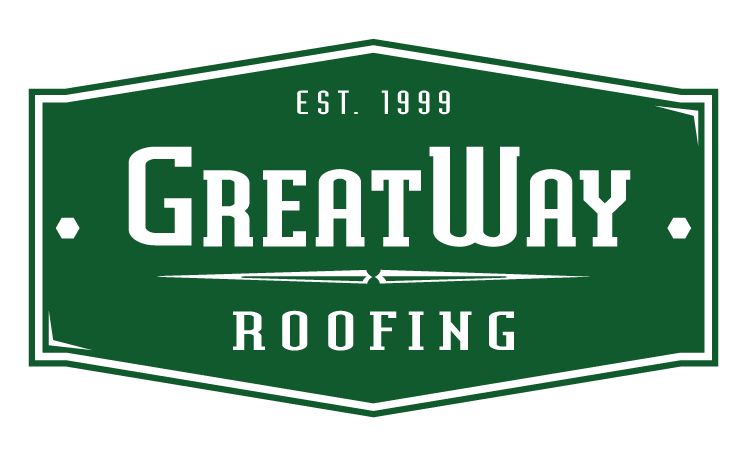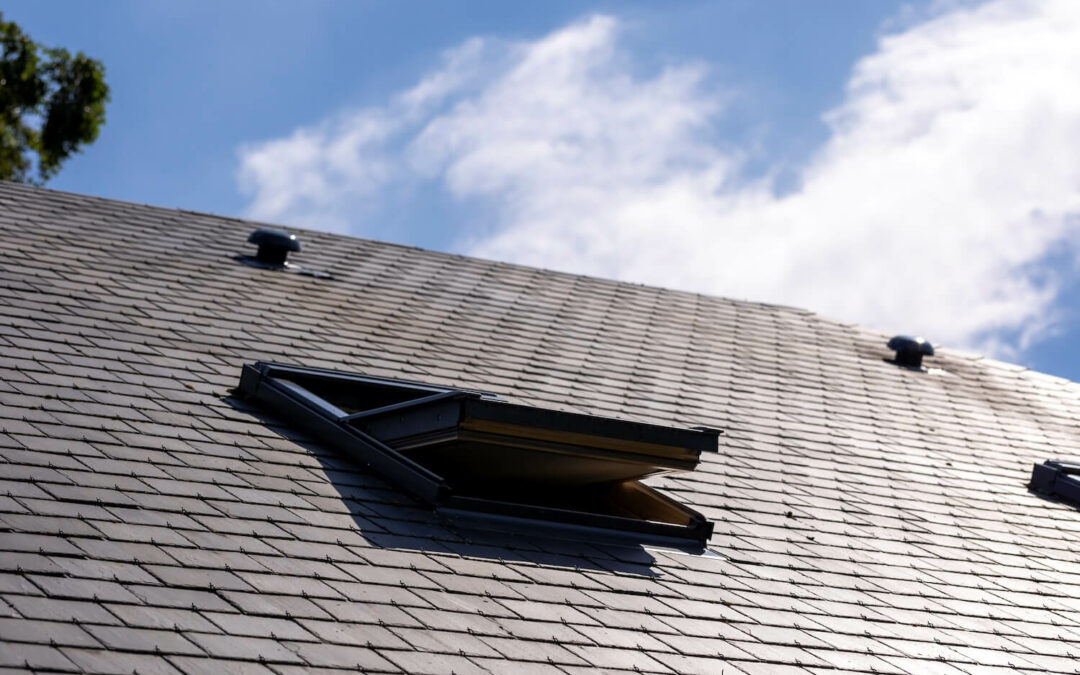When it comes to maintaining the longevity of your roof, many factors come into play—weather conditions, material quality, and regular maintenance, among others. One crucial yet often overlooked element is the impact of ultraviolet (UV) rays. UV rays from the sun can significantly affect the lifespan and effectiveness of roofing materials. In this article, we’ll delve into how UV rays influence roof longevity and what you can do to mitigate their effects.
Understanding UV Rays and Their Effects on Roofing Materials
1. What Are UV Rays?
Ultraviolet (UV) rays are a form of electromagnetic radiation emitted by the sun. They are categorized into three types based on their wavelength and energy:
- UVA Rays (320-400 nm): These rays have the longest wavelength and penetrate deeper into the Earth’s atmosphere and materials. They are less intense than UVB rays but can contribute to long-term damage and aging of materials.
- UVB Rays (280-320 nm): UVB rays are shorter in wavelength and more intense, causing more immediate damage. They are responsible for sunburns and can significantly damage materials over time.
- UVC Rays (100-280 nm): These rays are the most harmful but are mostly absorbed by the Earth’s ozone layer and do not reach the surface significantly.
2. How UV Rays Affect Roofing Materials
UV rays can cause several types of damage to roofing materials:
- Degradation of Materials: UV rays break down the chemical bonds in roofing materials, leading to degradation. For example, in asphalt shingles, UV exposure can cause the binder to break down, making the shingles brittle and prone to cracking.
- Color Fading: Prolonged UV exposure can cause significant color fading in roofing materials, affecting the visual appeal and potentially the resale value of your home.
- Loss of Insulation Properties: UV exposure can reduce the insulating properties of roofing materials, leading to decreased energy efficiency. For instance, UV rays can degrade the reflective coatings on metal roofs, reducing their ability to reflect sunlight and manage indoor temperatures.
- Increased Vulnerability to Water Damage: Degraded materials are more susceptible to water infiltration. For example, cracks or gaps in UV-damaged shingles can allow water to penetrate, leading to leaks and further structural issues.
Types of Roofing Materials and Their UV Resistance
Different roofing materials have varying levels of resistance to UV rays:
1. Asphalt Shingles
Asphalt shingles are commonly used due to their affordability and ease of installation. However, they are particularly vulnerable to UV damage. Prolonged exposure can cause them to become brittle, lose granules, and develop cracks. High-quality asphalt shingles often include UV-resistant coatings to mitigate this issue.
2. Metal Roofing
Metal roofing is known for its durability and resistance to various environmental factors, including UV rays. Metals like aluminum and galvanized steel reflect UV rays rather than absorbing them, which helps maintain their integrity over time. However, metal roofs can still experience thermal expansion and contraction, which might cause issues if not properly installed.
3. Clay and Concrete Tiles
Due to their natural composition, clay, and concrete tiles offer excellent resistance to UV rays. These materials are less likely to degrade or fade under sun exposure. They also provide a significant thermal barrier, helping to keep buildings cooler.
4. Synthetic Roofing Materials
Synthetic roofing materials, such as rubber or polymer-based products, are designed to mimic the appearance of traditional roofing materials while offering enhanced UV resistance. These materials are often engineered with UV stabilizers to prolong their lifespan and maintain performance.
Strategies for Protecting Your Roof from UV Damage
1. Choose UV-Resistant Roofing Materials
When selecting roofing materials, choose those specifically designed to withstand UV rays. High-quality options like UV-resistant asphalt shingles, metal roofing with reflective coatings, and synthetic materials with built-in UV stabilizers can offer better protection and longer lifespan. Consult a roofing expert to identify the best materials for your specific climate and roofing needs.
2. Regular Maintenance and Inspections
Routine roof maintenance is crucial for extending the life of your roof. Regular inspections can help identify early signs of UV damage, such as cracked shingles, faded areas, or signs of wear. Addressing these issues promptly can prevent more severe problems and costly repairs. A professional roofing contractor can perform thorough inspections and recommend maintenance and repairs.
3. Apply Protective Coatings
Certain protective coatings can shield your roof from UV rays. These coatings are applied on top of existing roofing materials and provide additional protection. They can improve energy efficiency by reflecting sunlight and reducing heat absorption, contributing to lower cooling costs. Reflective coatings, elastomeric coatings, and UV-resistant sealants are examples of products that can enhance your roof’s durability.
4. Ensure Proper Installation
Proper installation ensures roofing materials perform optimally and are less susceptible to UV damage. For instance, metal roofs must be installed with the correct fasteners and sealants to accommodate thermal expansion and contraction. Also, properly installing underlayment and flashing can help prevent UV-related damage and improve overall roof performance.
5. Install Roof Overhangs or Shading Devices
Roof overhangs or shading devices can reduce direct UV exposure to your roof. These features can provide additional protection by shielding the roof from intense sunlight. Overhangs can also help protect the exterior walls of your home and contribute to overall energy efficiency. Shading devices such as awnings or pergolas can provide protection and enhance outdoor living spaces.
The Role and Impact of Climate and Geographic Location
The impact of UV rays on roofing materials can vary based on climate and geographic location. Areas with high UV exposure, such as regions closer to the equator or places with high altitudes, may experience more rapid degradation of roofing materials. In contrast, areas with moderate UV levels might see slower but still significant effects.
Understanding your local climate and UV index can help you decide about roofing materials and maintenance strategies. For example, if you live in an area with high UV exposure, investing in UV-resistant materials and coatings may be more critical. Additionally, considering the impact of other environmental factors, such as temperature fluctuations and precipitation, can help you choose the best roofing solutions for your location.
The Importance of Professional Roofing Services
1. Expertise in UV Protection
Professional roofing contractors possess valuable expertise in selecting and installing UV-resistant roofing materials. They can assess your roof’s specific needs based on local UV levels and recommend materials and coatings that provide optimal protection. Roofing professionals are familiar with the latest advancements in roofing technology. They can help you choose the best solutions for extending your roof’s lifespan.
2. Quality Installation
Proper installation is crucial for maximizing the longevity of your roof. Roofing professionals have the skills and experience to ensure that materials are installed correctly and perform optimally. For example, metal roofs require precise installation of fasteners and sealants to effectively handle thermal expansion and contraction. Additionally, proper installation of underlayment and flashing is essential for preventing UV-related damage and ensuring a watertight seal.
3. Routine Inspections and Maintenance
Regular inspections by a professional can help detect early signs of UV damage and other potential issues. Roofing contractors can perform comprehensive inspections to identify problems such as cracked shingles, faded areas, or signs of wear. Routine maintenance services, including cleaning, sealing, and repairing, can address minor issues before they escalate into major problems. This proactive approach helps preserve the integrity of your roof and prevent costly repairs.
4. Application of Protective Coatings
Professional contractors can apply protective coatings to your roof, offering additional protection against UV rays. These coatings can enhance your roof’s durability and energy efficiency by reflecting sunlight and reducing heat absorption. Roofing experts can recommend and apply the most suitable coatings for your roofing material and climate, ensuring long-lasting protection.
5. Advice on Roof Overhangs and Shading Devices
Contractors can provide advice on installing roof overhangs or shading devices to reduce UV exposure. These features can help protect your roof from intense sunlight and contribute to overall energy efficiency. Roofing professionals can design and install custom solutions to enhance your roof’s performance and aesthetic appeal.
6. Comprehensive Roof Assessment
A professional roofing contractor can thoroughly assess your roof to identify vulnerabilities related to UV damage. This assessment includes evaluating the current condition of your roofing materials, assessing the impact of UV exposure, and recommending appropriate solutions to address any issues. A comprehensive assessment helps ensure that your roof remains in optimal condition and provides reliable protection for your home.
Conclusion
UV rays play a significant role in the longevity of your roof, and understanding their impact is essential for maintaining a durable roofing system. By recognizing the effects of UV rays on different roofing materials and implementing strategies to protect your roof, you can extend its lifespan and enhance its performance.
Choosing UV-resistant materials, applying protective coatings, and investing in professional roofing services are critical steps in safeguarding your roof against UV damage.
Regular maintenance and inspections by a roofing expert can help identify and address issues early, ensuring that your home roof remains in top condition.
With the right approach and expert assistance, you can mitigate the effects of UV rays and enjoy a reliable and long-lasting roofing system for years to come. Whether you’re selecting new roofing materials or maintaining your existing roof, understanding the impact of UV rays and taking proactive measures will help you protect your investment and ensure the longevity of your roof.

